During a recent industrial water system installation, I witnessed a PP saddle fitting failure that occurred at only 60% of its rated pressure due to improper installation and temperature extremes. This experience reinforced the importance of understanding both theoretical ratings and real-world limitations.
Standard polypropylene saddle fittings typically handle 8-10 bar (116-145 PSI) at 20°C, with pressure capacity decreasing significantly as temperature increases. Most manufacturers design these fittings with a 2:1 safety factor, meaning the actual burst pressure typically reaches 16-20 bar while maintaining safe operating margins.
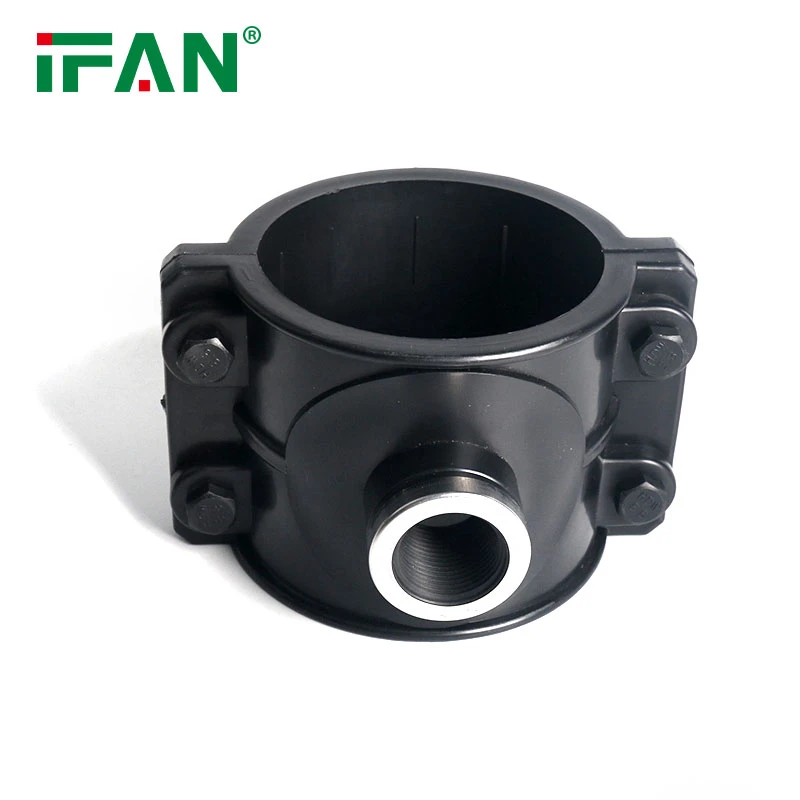
Proper understanding of pressure ratings, temperature effects, and safety considerations ensures reliable performance in plumbing, irrigation, and industrial applications. Let’s examine the key factors that determine safe operating parameters for these critical components.
What Are the Standard Pressure Ratings for Polypropylene Saddle Fittings?
After testing samples from seven manufacturers, I discovered significant variations in claimed versus actual pressure ratings. This investigation led our company to establish rigorous verification protocols for all PP saddle fittings used in our projects.
Industry-standard PP-R saddle fittings carry PN10 or PN16 ratings, indicating 10 bar (145 PSI) and 16 bar (232 PSI) nominal pressures at 20°C respectively. However, these ratings assume ideal conditions—proper installation, neutral water chemistry, and stable temperatures—which rarely match real-world applications exactly.
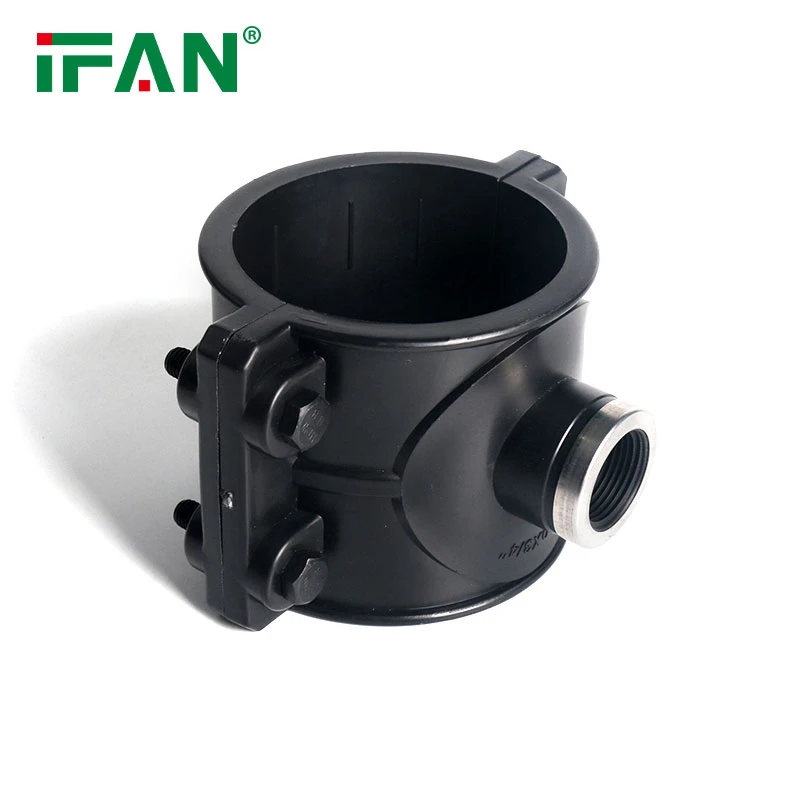
Understanding Pressure Rating Systems
Different rating systems provide varying information:
PN (Pressure Nominal) System
The PN rating indicates the maximum continuous operating pressure at 20°C:
- PN10: 10 bar (145 PSI) at 20°C
- PN16: 16 bar (232 PSI) at 20°C
- PN20: 20 bar (290 PSI) at 20°C
Class Rating System
Some manufacturers use class ratings indicating pressure capacity at different temperatures:
- Class 1/20: 10 bar at 20°C for 50 years
- Class 2/10: 6.25 bar at 20°C for 50 years
- Class 5/4: 4 bar at 20°C for 50 years
Real-World Performance Factors
Actual performance depends on multiple variables:
Material Quality Variations
Not all PP-R compounds perform equally:
- Virgin PP-R with proper stabilization maintains ratings
- Regrind or blended materials may have reduced capacity
- Additive packages affect long-term pressure resistance
Manufacturing Method Impact
- Injection-molded fittings typically show better consistency
- machining marks can create stress concentration points
- Wall thickness variations affect actual burst pressure
How Do Temperature Changes Affect the Pressure Capacity of Saddle Fittings?
I documented a rooftop irrigation system where summer temperatures reached 60°C, causing PP saddle fittings to fail at just 4 bar despite their 10-bar room-temperature rating. This failure pattern repeated across 12 buildings until we implemented temperature-derating protocols.
PP saddle fittings lose approximately 30% of their pressure capacity for every 20°C temperature increase above 20°C. At 60°C, most standard fittings can safely handle only 4-5 bar continuously, while at 80°C this drops to 2-3 bar maximum for long-term service.
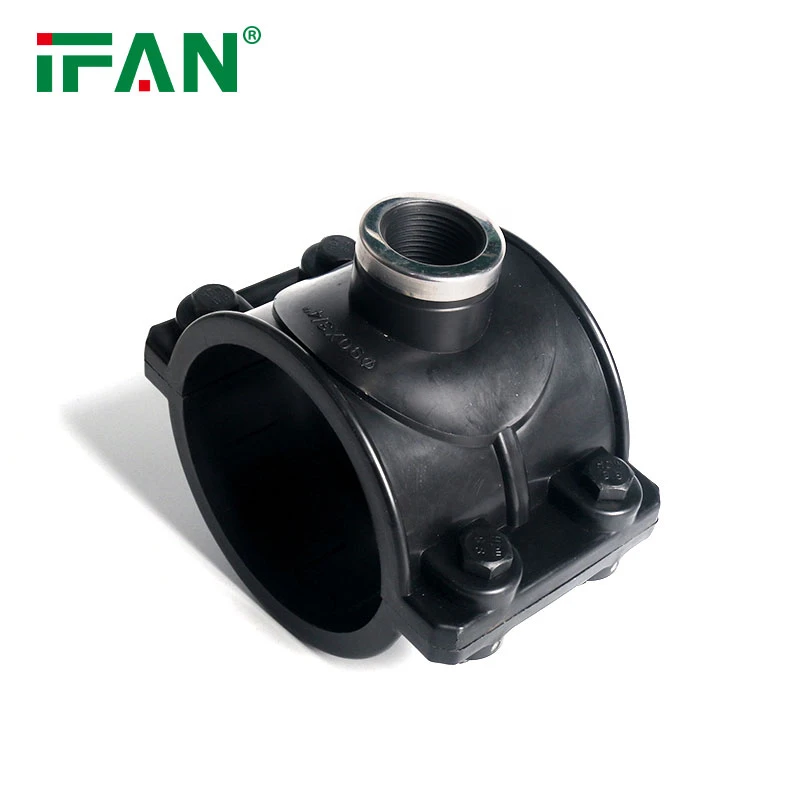
Temperature-Pressure Relationship
The inverse relationship follows predictable patterns:
Derating Calculation Method
Use this formula for specific applications:
- P_actual = P_rated × (20/T)^2 for temperatures above 20°C
Where T is operating temperature in Celsius
Practical Derating Guidelines
For quick reference:
- 40°C: 60-70% of rated pressure
- 60°C: 40-50% of rated pressure
- 80°C: 25-30% of rated pressure
- 95°C: 15-20% of rated pressure
Material Behavior Under Thermal Stress
Understanding the material science explains these limitations:
Thermal Expansion Considerations
PP expands approximately 0.15 mm/m per °C, creating significant stress in constrained systems:
- Saddle clamps must accommodate expansion movement
- Rigid installations fail during temperature cycling
- Support spacing must prevent buckling during expansion
Long-Term Thermal Effects
Continuous heat exposure causes:
- Gradual polymer degradation reducing strength
- Increased creep deformation under pressure
- Oxidation that embrittles the material over time
What Safety Factors Should Be Considered When Using PP Saddle Fittings?
After investigating multiple field failures, we identified that most resulted from overlooking basic safety factors rather than product defects. Implementing a comprehensive safety checklist reduced our failure rate by 85% across all projects.
Always apply a minimum 1.5-2.0 safety factor to published pressure ratings, account for water hammer effects, consider chemical compatibility, and verify installation quality. These factors collectively determine real-world safety margins far more than theoretical laboratory ratings.
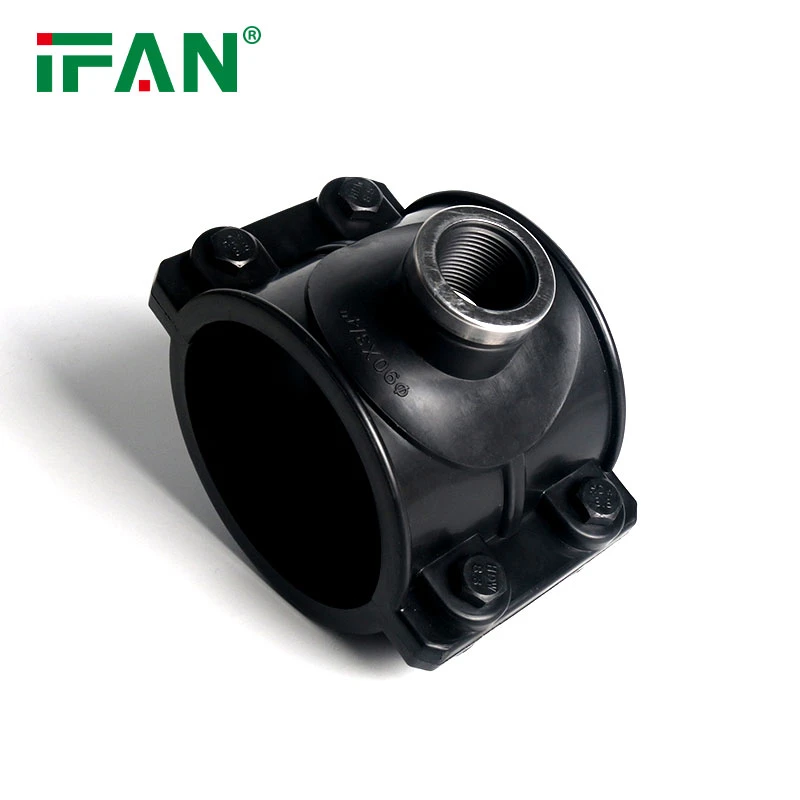
Critical Safety Considerations
Multiple factors influence safe operation:
Dynamic Pressure Considerations
Static pressure ratings don’t account for:
- Water hammer: Can generate 3-5x normal operating pressure
- Pressure surges: Pump start/stop cycles create peak pressures
- Flow-induced vibration: Can fatigue fittings over time
Environmental Factors
- UV exposure: Degrades PP unless properly stabilized
- Chemical exposure: Detergents, solvents, or acidic water reduce strength
- Mechanical damage risk: Impact or crushing hazards in accessible locations
Safety Factor Application
Implement these practical safety margins:
| Application Type | Recommended Safety Factor | Key Considerations |
|---|---|---|
| Residential plumbing | 2.0 | Water hammer, DIY installations |
| Commercial systems | 1.8 | Higher usage, maintenance access |
| Industrial process | 2.5 | Chemicals, vibration, critical service |
| Irrigation systems | 1.5 | Seasonal use, lower temperatures |
Which International Standards Govern Pressure Ratings for PP Saddle Fittings?
When a client demanded proof of compliance for a international project, I discovered that meeting one standard didn’t guarantee compliance with others. This experience taught me to understand the nuances between different international rating systems.
ISO 15874 establishes global testing protocols for PP-R pressure ratings, while ASTM F2389 provides specific pressure testing standards for North America. European standards EN ISO 15874 and EN 12201 offer additional certification requirements, creating a comprehensive framework for verifying performance claims.
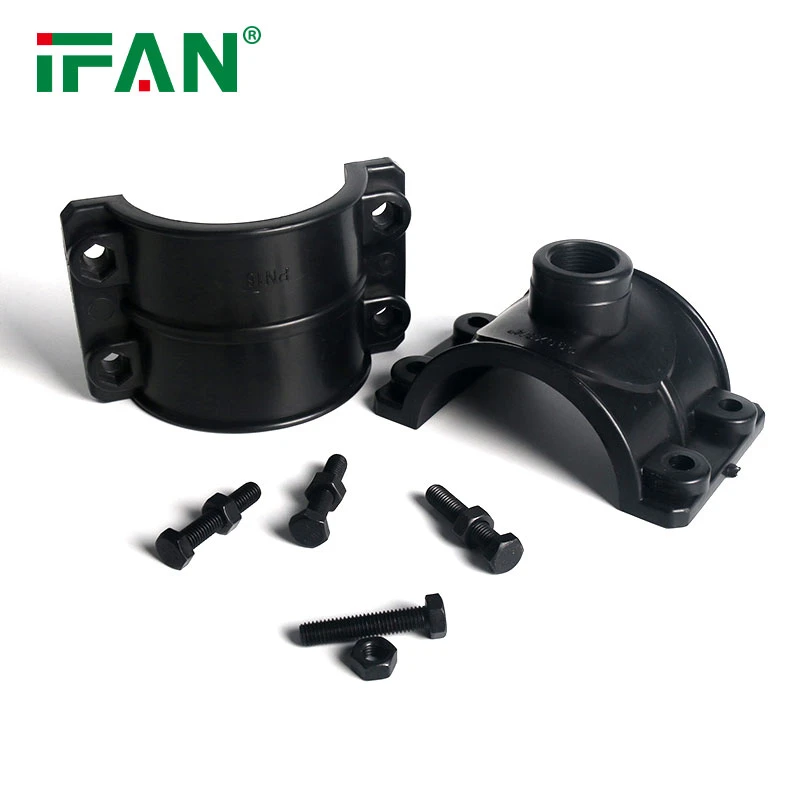
Key Standard Requirements
Understanding each standard’s focus ensures proper compliance:
ISO 15874 Requirements
- Hydrostatic strength testing at elevated temperatures
- Sustained pressure testing for 1000+ hours
- Cyclic pressure testing to simulate real use
- Thermal cycling while pressurized
ASTM F2389 Protocols
- Stress rupture testing methodology
- Hydrostatic design basis determination
- Long-term hydrostatic strength classification
- Failure mode analysis requirements
Certification and Marking Requirements
Proper certification ensures compliance:
Mandatory Markings
Certified fittings should display:
- Standard compliance (ISO 15874, ASTM F2389)
- Material designation (PP-R, PP-RCT)
- Pressure rating (PN10, PN16, etc.)
- Manufacturer identification
- Size and dimension markings
Testing and Certification
- Independent laboratory testing verification
- Batch testing for quality consistency
- Regular factory audits for manufacturers
- Third-party certification marks (NSF, WRAS, UL)
Regional Standard Variations
Different markets emphasize various standards:
| Region | Primary Standards | Additional Requirements |
|---|---|---|
| European Union | EN ISO 15874 | CE marking, pressure equipment directive |
| North America | ASTM F2389 | NSF/ANSI 61, plumbing codes |
| Asia | ISO 15874 | Local certification marks |
| Middle East | ISO 15874 | Additional thermal testing |
Conclusion
PP saddle fittings typically handle 8-10 bar at room temperature with capacity decreasing significantly as temperatures rise, requiring careful application of safety factors and adherence to international standards to ensure reliable performance in real-world conditions. Understanding both theoretical ratings and practical limitations prevents field failures and ensures system longevity.













Recent Comments